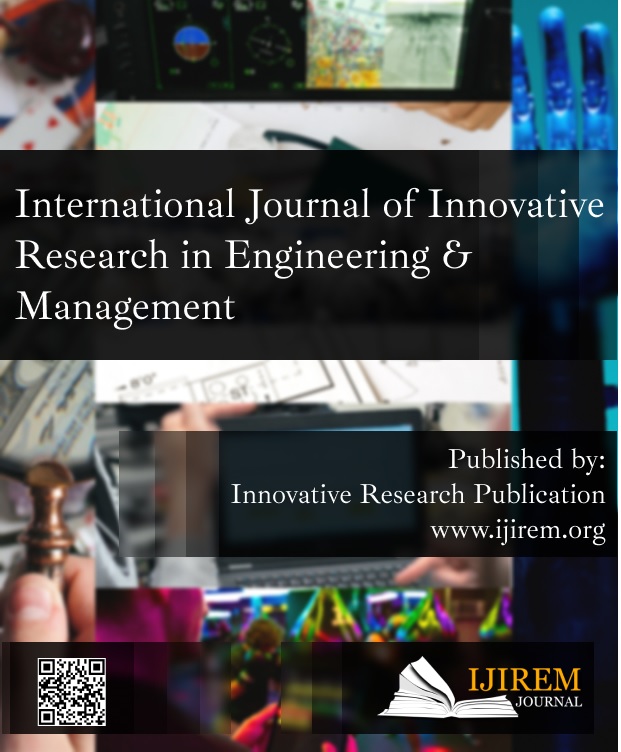Hydrophonic: A Review on Plant without Soil
Keywords:
Agriculture, Crops, Hydrophonic, SoilAbstract
Open field/soil-based agriculture has faced significant difficulties since the dawn of civilization, the most significant of which is a reduction in per capita land supply. In 1960, when the population of the planet was 3 billion people, per capita land was 0.5 hectares; currently, with 6 billion individuals, it's really only 0.25 hectares, and by 2050, it will be 0.16 hectares. As a consequence of increased urbanization and industrialization, and also cultural group melting, or icebergs (as just a planet warms), arable land under cultivation will continue to diminish. Fertility of the land comes up again. Food production is threatened by inadequate water management and massive water waste, as well as a decrease in ground water levels. In the context of traditional soil-based agriculture.In such conditions, feeding the whole population will become difficult in the near future. Only the open field method of agricultural production is used by the people. Naturally, soilless culture is gaining in popularity. In the current situation, to meet these difficulties Plants are grown without soil in soil-less cultivation. Improved water and space Using soil-less culture to save food production techniques has shown some encouraging outcomes all around the world.
Downloads
References
.Chen Z, Cuervo DP, Müller JA, Wiessner A, Köser H, Vymazal J, et al. Hydroponic root mats for wastewater treatment—a review. Environ Sci Pollut Res. 2016;23(16):15911–28.
.Sari D, Ginting Y, Pangaribuan D. PENGARUH KONSENTRASI KALSIUM TERHADAP PERTUMBUHAN DAN PRODUKSI DUA VARIETAS TANAMAN MELON (Cucumis melo L.) PADA SISTEM HIDROPONIK MEDIA PADAT. J AGROTROPIKA. 2014;
.Samreen T, Humaira, Shah HU, Ullah S, Javid M. Zinc effect on growth rate, chlorophyll, protein and mineral contents of hydroponically grown mungbeans plant (Vigna radiata). Arab J Chem. 2017;
.Sari D, Ginting Y, Pangaribuan D. Pengaruh pemberian boron terhadap pertumbuhan dan produksi dua varietas melon (cucumis melo l.) Pada sistem hidroponik media padat. J Agrotropika. 2014;
.Jr JJ. Hydroponics: its history and use in plant nutrition studies. J Plant Nutr. 1982;(September 2012):37–41. [6].Hussain A, Iqbal K, Aziem S, Mahato P, Negi AK. A Review On The Science Of Growing Crops Without Soil ( Soilless Culture ) – A Novel Alternative For Growing Crops. Int J Agric Crop Sci. 2014;7(11):833–42.
.MDS. a Review on Plant Without Soil - Hydroponics. Int J Res Eng Technol. 2013;02(03):299–304.
.Vidhya R, Valarmathi K. Survey on Automatic Monitoring of Hydroponics Farms Using IoT. Proc 3rd Int Conf Commun Electron Syst ICCES 2018. 2018;(Icces):125–8.
.Modifikasi Iklim Mikro pada Bawang Merah Hidroponik dalam Rangka Memperoleh Bibit Bermutu. J Keteknikan Pertan. 2011;
.Agustin SS, Triyono S, Telaumbanua M. Sistem Hidroponik Organik Dengan Memanfaatkan Limbah Effluent Biogas Industri Tapioka Dan Limbah Kolam Lele Organic Hidroponic System Using Effluent Biogas Of Tapioca Industry And Catfish Pond Waste Water. Tek Pertan LampungVol6, No 3 161-170. 2017;
